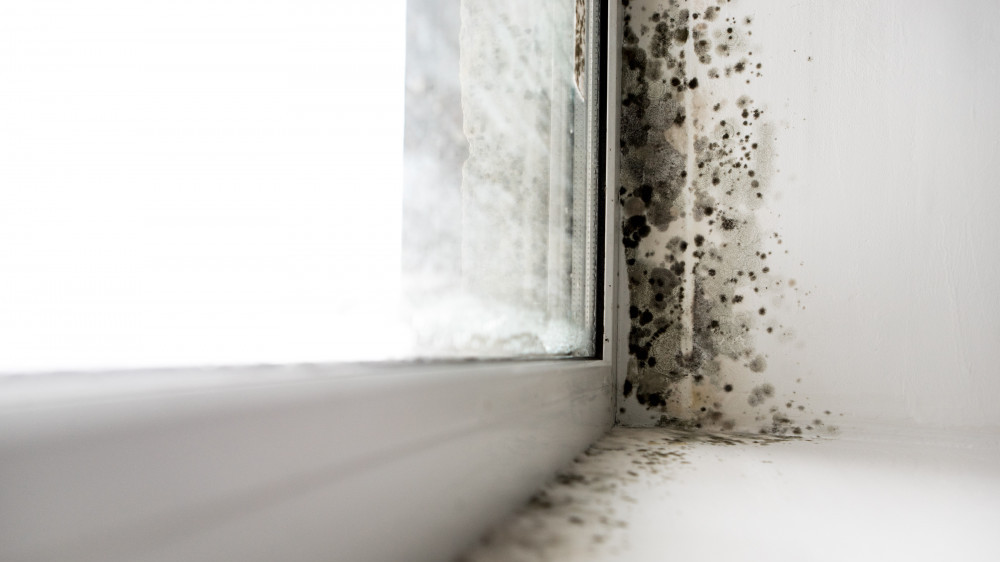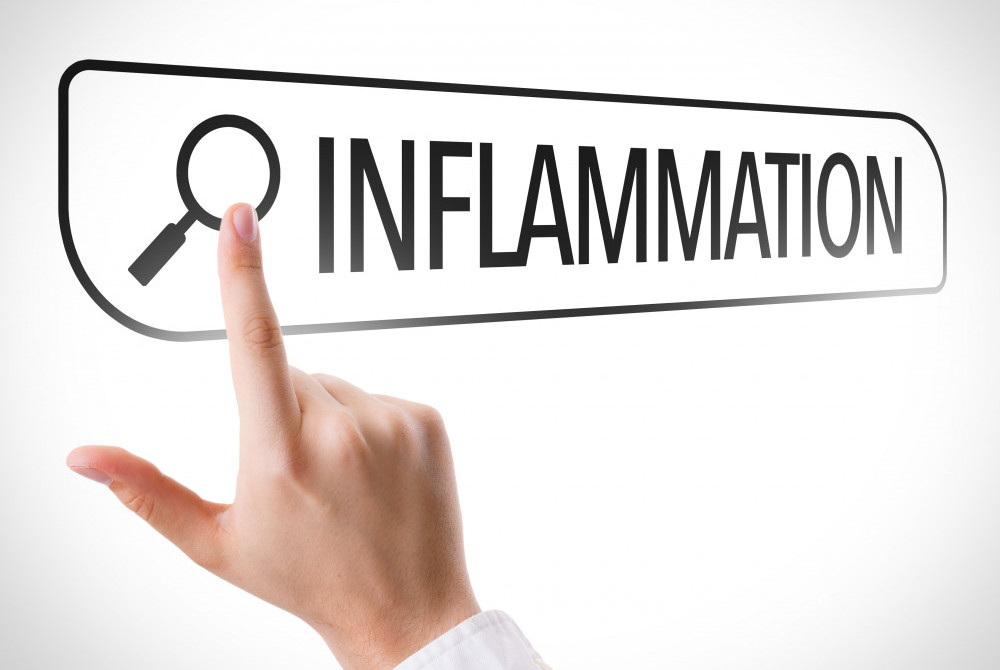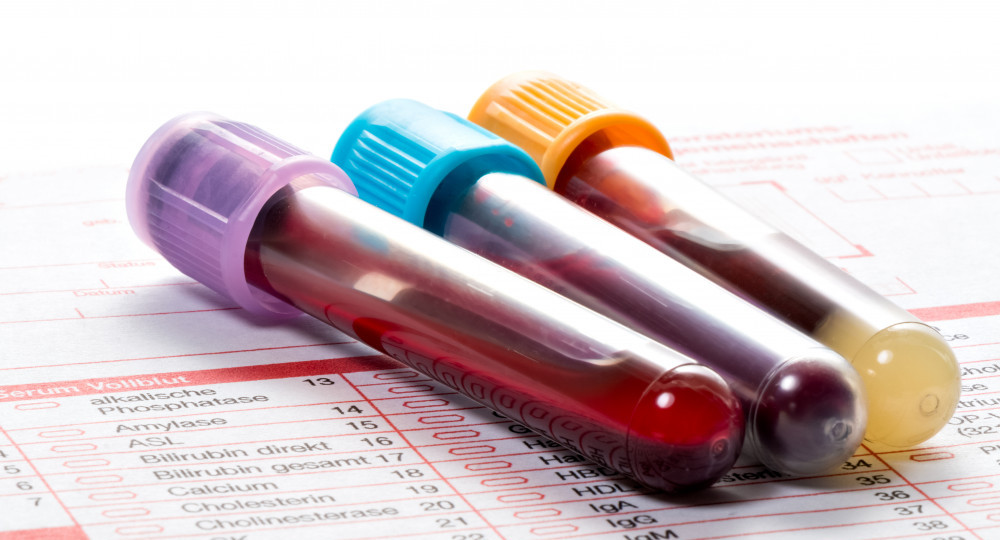What Are the Symptoms of Mold Toxicity and How Does Mold Impact the Body?
Mold Toxicity is a multi-symptom chronic illness that is caused by exposure to indoor mold in a water damaged building.
that is caused by exposure to indoor mold in a water damaged building.
Here we will explore the symptoms of Mold Toxicity, how mold impacts the body, diagnostic testing options, and more.
What Is Biotoxin Illness/Mold Toxicity?
Mold Toxicity can also be referred to as Mold Illness, Biotoxin Illness, or Chronic Inflammatory Response Syndrome (CIRS).
All of these titles refer to a health condition that is caused by exposure to mold in one’s indoor environment – usually in the home one lives in or their workplace.
Mold is a fungus that can grow in moist areas. It is most often present as a result of water damage produced by a plumbing leak, although there are a variety of other potential causes such as a leaky roof, cracked bathtub/shower, a build up of moisture from a humid climate, flooding, condensation around windows, and more.
Not all forms of mold are toxic, such as the mold that is found as a natural part of our outdoor environment, however most types of indoor mold is toxic to humans, as this fungus releases spores and “mycotoxins” that contaminate the air that we breathe.
Some examples of toxic species of mold include:
- Penicillium
- Cladosporium
- Fusarium
- Aspergillus
- Stachybotrys (“black mold”)
- Alternaria
The toxins that mold produces can also be referred to as “biotoxins,” as they are toxins that are produced by a living organism, of which fungus is considered to be.

Our environment has an extremely powerful impact on our health. This fact is often not given enough attention, however it is vital to consider when assessing one’s health status, when healing from illness, and when maintaining
optimal health.
Buildings that house mold as a result of water damage are often referred to as “water damaged buildings” or “sick buildings.”
Exposure to toxic mold is especially detrimental to those who have a genetic variant in the HLA gene, which stands for Human Leukocyte Antigen. This gene is responsible for providing instructions within the immune system for proper recognition of an antigen (a toxin or other foreign substance) so that the body may produce antibodies that will help to bind to, neutralize, detoxify, and eliminate this toxin.
However, when there is a variant in this gene, this function doesn’t occur properly, so exposure to mold will result in a build up of biotoxins within the body. Instead of being properly detoxified, they continue to circulate and cause an extensive array of serious health effects as a result.
Because of this, 2 people can live in the same home that is contaminated with mold and only 1 may become ill as a result of this exposure.
The one who becomes ill is the one who likely has the HLA gene variant.
This can often cause a great deal of confusion, and lead to misdiagnoses.
Those without a genetic susceptibility to developing Mold Toxicity can still develop this condition, however. It all depends on many various personal factors such as your unique health history, lifestyle, and more. For example, someone with a sluggish liver and imbalanced gut has a higher likelihood of developing illness when exposed to indoor mold because these factors will decrease their ability to detoxify in general.
Those without a genetic susceptibility to mold sensitivity can also experience acute symptoms upon exposure (such as sneezing, shortness of breath, fatigue, and more), which is usually a mold allergy. These symptoms typically cease as soon as one is no longer exposed, and there are typically no lasting chronic symptoms present.
Mold Toxicity Is Still Not Very Well Known
The existence of Mold Toxicity and the seriousness of the illness that mold exposure can cause is gradually becoming more well known.
However, there still remains a general lack of awareness regarding this condition.
If you suspect that mold exposure may be causing your current health struggles, it is important to find a medical practitioner that is aware of Biotoxin Illness/Mold Toxicity and its implications.

How Mold Impacts the Body
Mycotoxins first enter the body by way of being inhaled, eaten, or from being present within the nose and gut from previous mold exposure.
They then enter the cells where they ignite the production of cytokines, which are proteins released by the immune system to create an inflammatory response within the body.
This inflammatory response is very severe when it comes to a reaction to mycotoxins from mold, as cytokine production is very high.
Inflammation is usually a healthy and needed part of our body’s immune response, as it helps the body to eradicate infection, eliminate toxins, heal wounds, and more. However, it is only healthy if it is temporary.
Inflammation becomes a problem when it is chronic, which is the case in those with Biotoxin Illness/Mold Toxicity. Those with this condition have an inability to properly detoxify the invading mycotoxins, so they continue to circulate and create this inflammatory response.
This excessive systemic inflammatory response adversely impacts a myriad of organs and systems within the body and impacts their proper functioning.
Several very notable systems that are impacted are the:
- Endocrine system (your hormones)
- Immune system
- Brain
- Gut
The immune system is essentially “upregulated,” as it is persistently fighting the invading mycotoxins via chronic inflammation.
Having a balanced endocrine system, immune system, brain, and gut are incredibly important for our health and wellness.
When these extremely significant parts of the body are not functioning properly, a very wide array of symptoms can develop.

Signs & Symptoms of Mold Toxicity
As discussed above, because Mold Toxicity causes systemic (all over the body) inflammation, which impacts many different systems of the body, the symptoms that can present are varied and many.
Each person will have a slightly different collection of symptoms that they personally experience.
The following are some of the most common symptoms of Biotoxin Illness/Mold Toxicity:
- Chronic fatigue, often severe and debilitating
- Malaise or a general feeling of being unwell
- Depression
- Anxiety
- Brain fog
- Memory problems
- Difficulty concentrating
- Confusion and disorientation
- Difficulty retaining new information
- Sleep disturbance/waking during the night
- Insomnia
- Nightmares
- Blurred vision
- Watering eyes/tearing
- Headaches and/or migraines
- Heart palpitations
- Heightened sensitivity to: light, sound, chemicals/”Multiple Chemical Sensitivity”, electronics, hot or cold temperatures, motion, foods, and more (reactions to these elements can include a myriad of symptoms such as headaches/migraines, water retention, increased fatigue, skin rashes, increased malaise, digestive upset, and many more)
- Joint pain
- Body aches
- Chronic pain
- Muscle cramps and weakness
- Mobility issues
- Balance and/or coordination issues
- “Ice pick pain” or a prickling/itching feeling that is sporadic and happens all over the body
- Asthma
- Shortness of breath
- Chest tightness and/or chest pain
- Nutrient deficiencies
- Gut imbalance
and “leaky gut” - Digestive upset
- Diarrhea
- Nausea
- Constipation
- Abdominal pain
- Bloating
- Weight gain
- Appetite increase or decrease
- Excessive thirst
- Hair loss
- Estrogen dominance: bloating, weight gain, tender and/or swollen breasts, menstrual irregularities, heavy periods, endometriosis, anxiety, depression, fatigue, brain fog, insomnia, migraines, acne, uterine fibroids, hot flashes, and more
- Hormone imbalances such as adrenal and thyroid imbalance
- Limbic system impairment
- Autoimmune conditions
- Metallic taste in the mouth
- Increased urination
- Sense of urgency when the feeling to urinate arises
- Red, glossy eyes
- Chronic sinusitis – runny nose and nasal congestion
- Nasal polyps
- Cough
- Body stiffness, especially in the morning
- Acne
- Skin sensitivity
- Night sweats
- Imbalanced body temperature regulation
- Tremors, often of the hands
- Vertigo
- Numbness or tingling
- More
The severity of these symptoms will differ person to person, however it is most common for those impacted by Mold Toxicity to become debilitating ill to the point that it impacts nearly every area of their life. Many people lose their ability to work or attend school.
The severe fatigue, muscle weakness, etc. make “normal” activities such as showering or cleaning your house feel like an extremely strenuous feat. These activities become very difficult and require a great degree of extra effort to accomplish.
Some people become bedridden or home bound. Some have such severe symptoms that their mobility is compromised and they must use a wheelchair to get around.

Testing
Testing for Mold Toxicity/Biotoxin Illness can be a bit tricky. There is no one test that can be used to indicate the presence of this condition, as the consideration of several factors is needed in order to accurately diagnose an individual.
This includes a collection of tests, symptom presentation, confirmed previous or current mold exposure, and health history that are all used simultaneously.
Instead of testing for the direct presence of biotoxins in the body, most of the following tests are aimed at testing the body’s immune and inflammatory response to the exposure.
The following reference ranges are not what is often reported by the laboratory. It is the reference range that has been set by scientists and researchers who study Biotoxin Illness patients and the specifics of this unique condition.

- Vasoactive Intestinal Polypeptide (VIP) Blood Test
Vasoactive intestinal polypeptide (VIP) is a hormone that behaves as a neurotransmitter and neuromodulator. VIP plays several roles within the body including regulating inflammatory responses, endocrine system function, and neurological function.
Most people with Biotoxin Illness will have low VIP. Having low VIP is one of the main reasons that people with Mold Toxicity have uncontrolled, chronic inflammation.
The normal range is 23-63 pg/mL. This test must be ordered through ARUP Laboratories for accurate results.
- Melanocyte Stimulating Hormone (MSH) Blood Test
MSH is a hormone that is involved in a myriad of bodily processes including the production of adrenal gland hormones (such as the stress hormone cortisol), sex hormones, thyroid hormones, antidiuretic hormone, and cytokine regulation.
Most people with Biotoxin Illness will have low MSH. Low MSH accounts for many of the symptoms that present with Mold Toxicity such as chronic pain, urinary symptoms, anxiety, depression, and more.
The normal range is 35-81 pg/mL. This test must be ordered through Labcorp for accurate results.
- Transforming Growth Factor Beta-1 (TGF Beta-1) Blood Test
TGF Beta-1 is a regulatory protein that is part of the immune system. Its roles include cell functioning, wound healing, immune system function, and more.
TGF Beta-1 is often high in those with Mold Toxicity.
The normal range is < 2380 pg/mL. This test must be ordered through Labcorp for accurate results.
- C4a Blood Test
C4a if involved in the immune inflammatory response. C4a can be used to measure if one’s immune system is currently exhibiting an inability to regulate and hence an inability to balance the inflammatory response.
C4a is usually high in those with Biotoxin Illness.
The normal range for c4a is 0-2830 ng/mL. This test must be ordered through Quest Diagnostics for accurate results.
- Genetic Testing
Genetic testing will determine if one has variants in their HLA DR genes, which will predispose them to a susceptibility of developing Mold Toxicity.
There are several options for genetic testing which include blood tests that screen for specific gene variants and also genetic testing kits that will allow you to test your entire genome and genotype. This refers to your total genetic picture and total collection of gene variants.
Services such as 23andme can be utilized for this. The process involves ordering your kit, collecting your saliva sample, and sending your kit back. You will then receive your results and “raw data” file of your genome online.
You can then upload your “raw data” file to a separate interpretation service that will allow you to view your unique set of gene variants.

- Urine Mycotoxin Testing
There are tests that will screen for the presence of mycotoxins in the urine, which can be somewhat helpful. However, these tests are unreliable when it comes to determining if someone currently has Mold Toxicity.
This is often because those with Biotoxin Illness/Mold Toxicity are unable to successfully detoxify mycotoxins, which would result in a false negative result on a urine test for many people. The biotoxins are indeed present within the body, but they are not being eliminated via the intended detox pathways which include urine, sweat, and stool.
To aid with this issue, certain measures can be taken to encourage toxin elimination such as taking supplemental glutathione or using sauna therapy. The urine sample is then collected after about a week of these measures, which can help to mobilize the mycotoxins which will then be present in the sample.
Again, however, a false negative is entirely possible even if the person indeed has Biotoxin Illness/Mold Toxicity.
Healing From Mold Toxicity
There are 2 main parts to sculpting a comprehensive protocol to heal from Biotoxin Illness: the internal portion and the environmental portion.
All medical professionals will have a slightly different approach to the healing protocols that they recommend, however all protocols must address both of these main facets in order to be successful.
The internal protocol is geared toward balancing your body and healing the systemic inflammation, hormone imbalances, gut imbalance, and more that the mold exposure has caused. Much more on the internal healing protocol for Mold Toxicity can be found here.
The environmental protocol is just as important, and is geared toward cleansing your surroundings and eliminating your exposure to the mold. Much more on the environmental portion of healing can be found here.
Equal attention must be given to both parts so that comprehensive healing may take place.
In Closing…
As we’ve explored here, Mold Toxicity is an often severe, multi-symptom chronic illness that greatly impacts the lives of those who have this condition.
I have personally experienced a very severe case of Biotoxin Illness/Mold Toxicity. If you have any questions about my personal experiences please feel free to reach out. You may contact me directly at megan@healingjourneyessentials.com, submit the contact form on our contact page, or leave a comment below.
I wish you all of the very best in your healing, you’ve got this 💜.
REFERENCES
Reference 1: Vetter, Paula, Rossi, Laurie, Edwards, Cindy. Mold Illness: Surviving and Thriving, A Recovery Manual for Patients & Families Impacted by CIRS. BookBaby Publishers, 2018.
Reference 2: Nathan, Neil. Toxic: Heal Your Body from Mold Toxicity, Lyme Disease, Multiple Chemical Sensitivities, and Chronic Environmental Illness. Victory Belt Publishing, 2018.
Reference 3: Nathan, Neil. Mold and Mycotoxins: Current Evaluation & Treatment 2022. BookBaby Publishers, 2022.